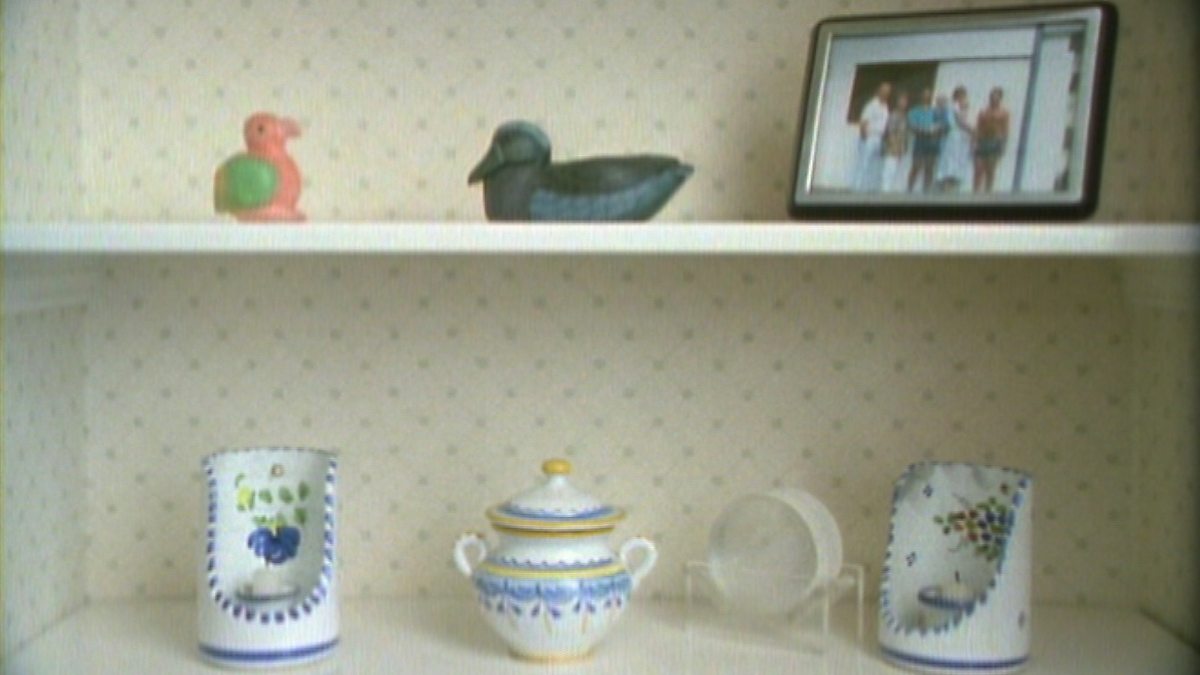- Messages
- 104,505
- Name
- The other Chris
- Edit My Images
- Yes
I have a feeling that pictures in the genre of "documentary" are different to photojournalism but is it possible to define one as distinct from the other? Is it just the intended use that makes the difference or even just who pays for it?

